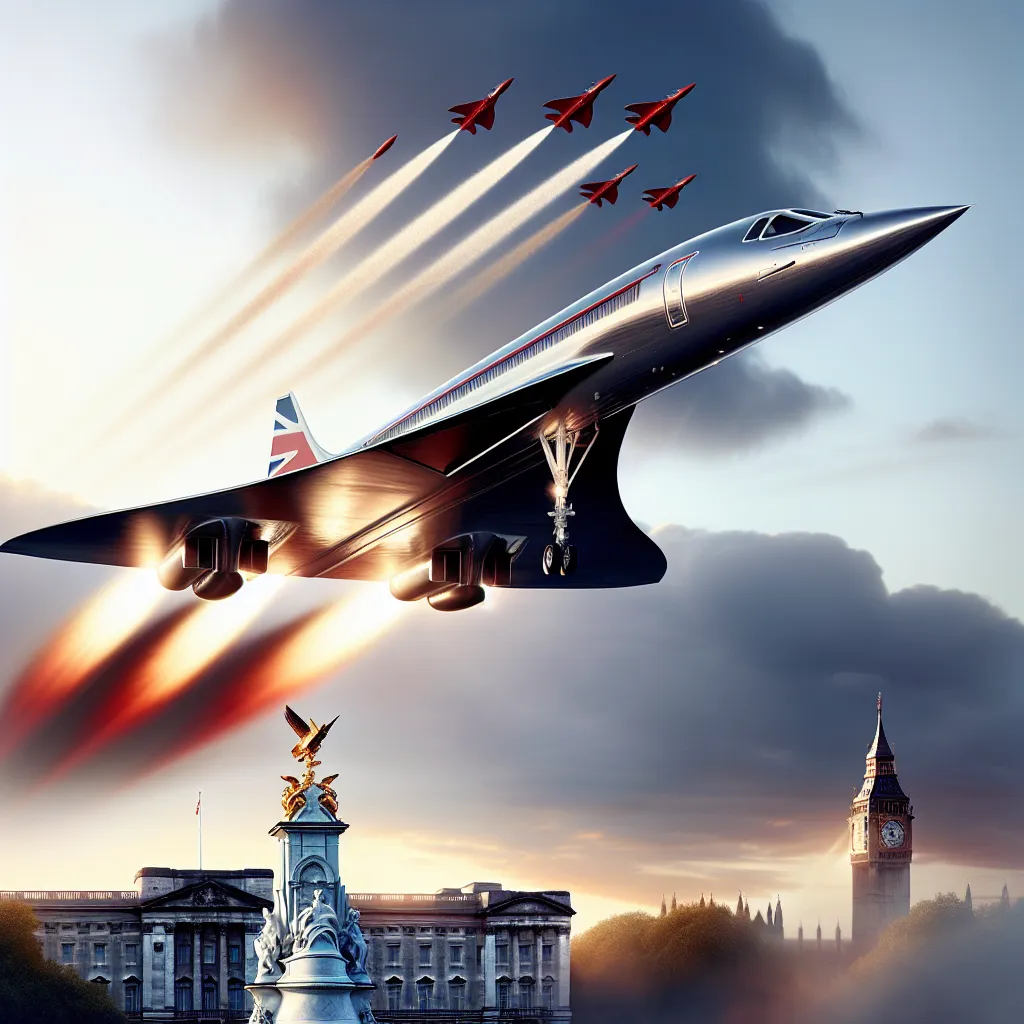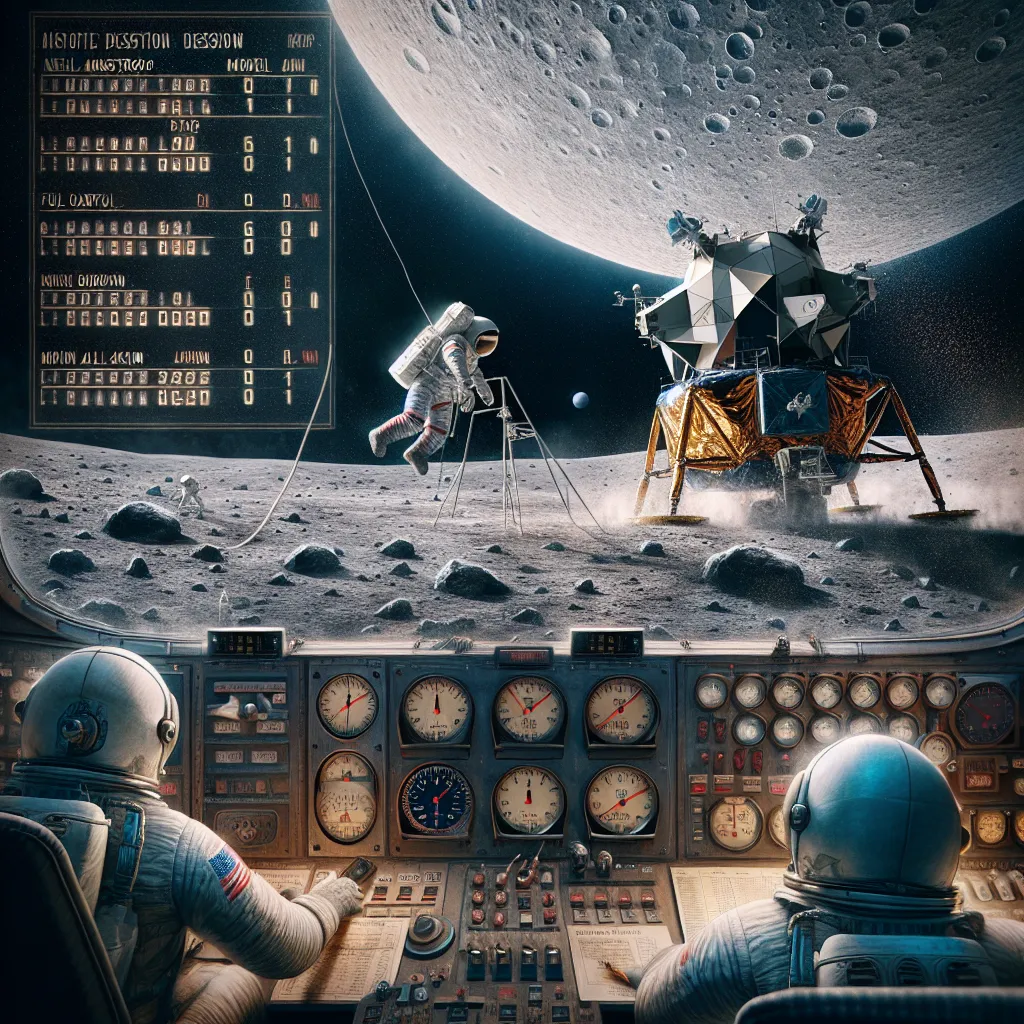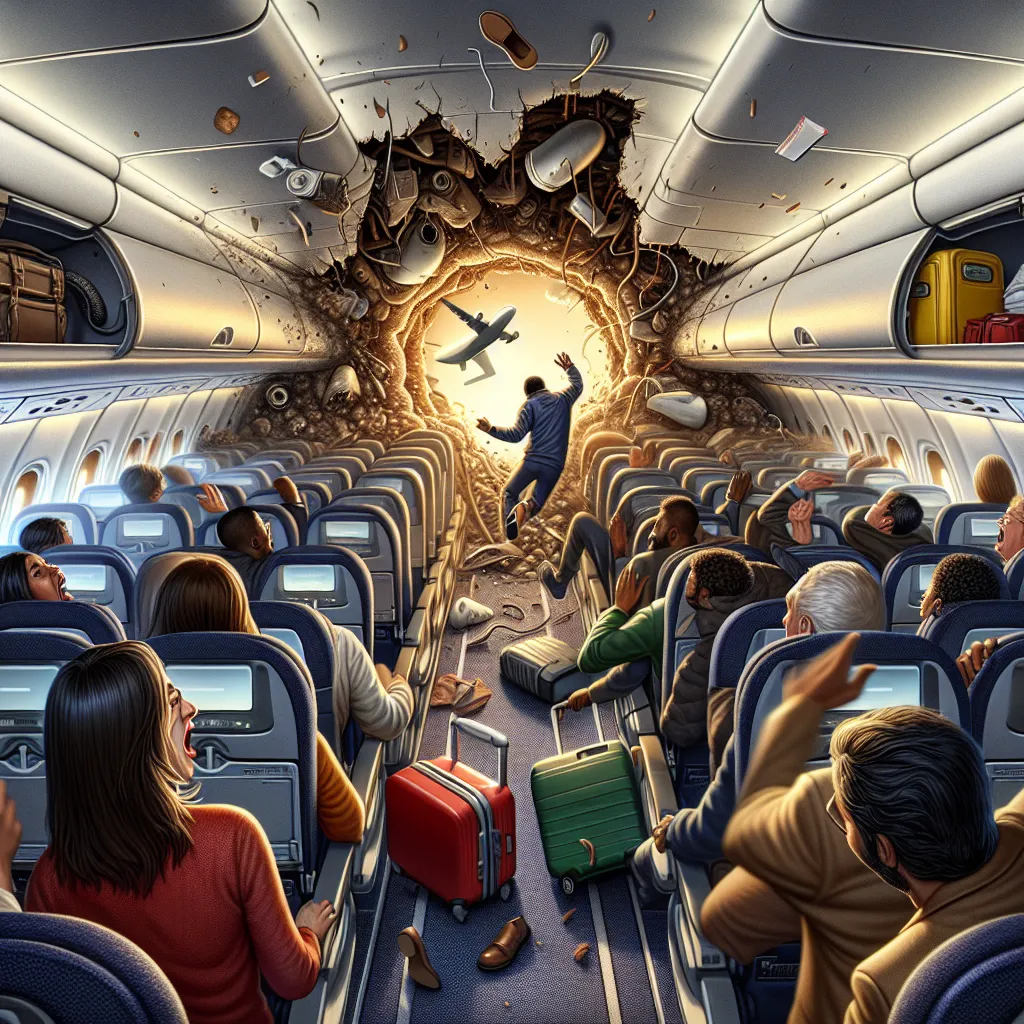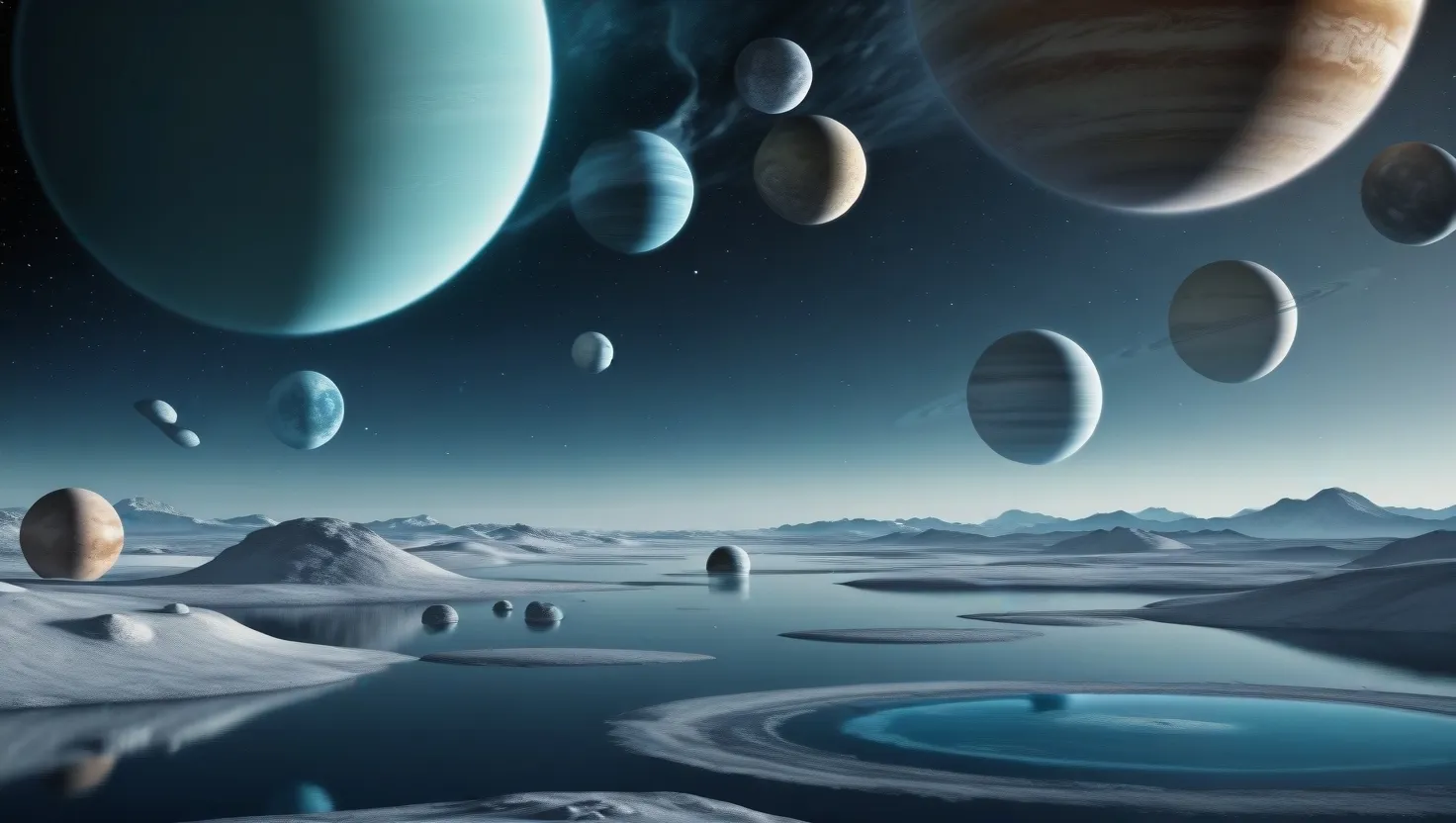The Concorde was undeniably the pinnacle of civilian aviation. It’s right up there in the Hall of Fame, second only to the Wright brothers. This plane doesn’t just take off; it roars into the sky. It cruises at twice the speed of sound, faster than the Earth’s rotation. You might catch a sunset over London and watch the sunrise once you hit the west. For over three decades, the Concorde flew so far ahead of its time, it was almost out of sight.
An Anglo-French marvel, the Concorde was a brainchild of collaboration between the UK and France. On June 4, 2002, as Queen Elizabeth II celebrated her golden jubilee, the Concorde played a royal role. At Heathrow, Captain Mike Bannister, the top Concorde pilot, prepared for a memorable flight. The day was special; the Concorde was set to lead a formation with the prestigious Red Arrows over London. Mike shared, “It’s a great thrill, and we’ve been preparing for it for over four months.”
Now, back in 1977 during the Queen’s Silver Jubilee, the Concorde was already a year into its supersonic service. Fast forward a quarter of a century, and it remains unparalleled in its league. The supersonic flyover with the Red Arrows was going to be a breathtaking sight, a merging of tradition and futuristic engineering over a sea of people at Buckingham Palace.
The Concorde’s maiden flight took place in March 1969. Back then, transistor radios were cutting-edge tech, and home computers were still a fantasy. Yet, here was a plane built to carry 100 passengers at twice the speed of sound. October 1, 1969, the Concorde shattered the sound barrier, leaving a boom heard 20 miles away. Over $3 billion was spent to perfect this marvel.
This aircraft was powered by four engines, each boasting 38,000 pounds of thrust, equivalent to 6,000 family cars. Unique to the Concorde were its afterburners, adding an extra 20% thrust, allowing it to soar at low speeds during takeoff and supersonic speeds mid-flight. The distinctive drooping nose was a genius design, granting pilots better runway visibility during takeoffs and landings.
But not all stories about the Concorde are rosy. On July 25, 2000, tragedy struck with a fatal crash just after taking off from Paris. The fleets were grounded, but swift measures like fitting Kevlar linings in fuel tanks led to its return in just 15 months.
Every day, the Concorde flew three times from London and Paris to New York, cutting the usual travel time by half. Takeoff was an engineering ballet - the afterburners igniting, the nose lifting, the plane slicing through the sky. Over the Atlantic, it truly flexed its muscle, accelerating past Mach 1. Passengers onboard experienced nothing short of extraordinary.
Reaching Mach 1.7, the afterburners switched off, propelling the craft to Mach 2 – almost 60,000 feet above Earth. At this height and speed, the aircraft dealt with extreme heat, stretching up to a foot longer mid-flight. The engineering foresight behind it all was impeccable.
Despite these extreme conditions, passengers enjoyed a normal, comfortable ride. Jet fighter pilots might need pressure suits and oxygen masks, but folks on the Concorde savored champagne and caviar. In 1996, it set a record: New York in just 2 hours 52 minutes and 59 seconds, actually landing in New York before departure from London, thanks to time zone differences.
At the approach to New York, the nose cone lowered, ready for a smooth landing. The Concorde, even after 30 years, remained the epitome of aeronautical elegance. It wasn’t just a plane; it was a fusion of art and science that turned heads wherever it went.
Looking at the Concorde, many see an icon of the 20th century, unmatched in design and technology. There’s a good chance it might be 50 years old before we see another supersonic marvel quite like it. Some things are simply too perfect to improve upon.






